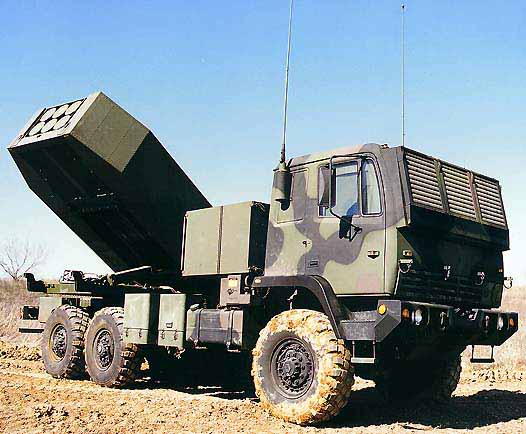Ah, those “elf’n’safety” goons strike again:
When Prince William and Kate Middleton leave Westminster Abbey on Friday, there will be no 21-gun salute to mark their union. Mandrake can disclose that plans for such an honour in Hyde Park were abandoned because of fears over “health and safety” and “noise pollution”.
One of the Prince’s pals tells me: “We thought it would be a fitting tribute for the wedding, but we were told that, because of health and safety, and noise pollution concerns, it would involve too much red tape to get a new salute authorised.”
Twenty-one gun salutes in Hyde Park and Green Park are a traditional military honour, carried out by the King’s Troop, Royal Horse Artillery, to mark important royal occasions including Coronation Day and the official birthdays of the Queen, the Duke of Edinburgh and the Prince of Wales. Queen Victoria and Prince Albert’s wedding in 1840 began with such a tribute.




